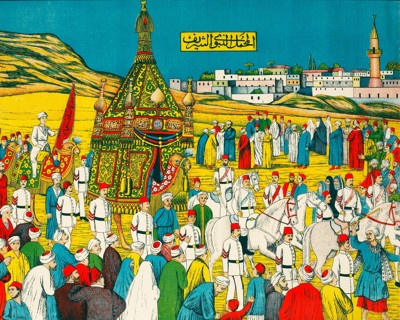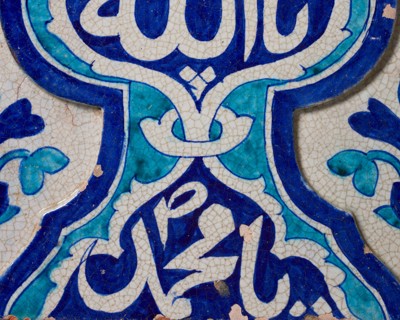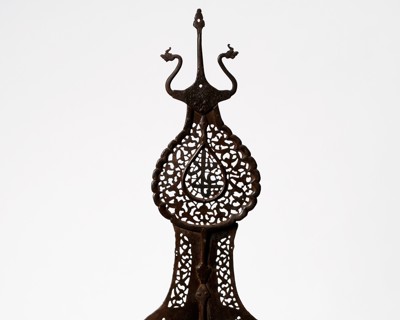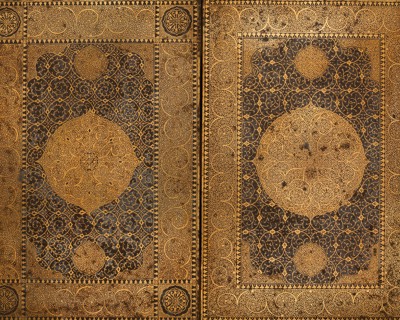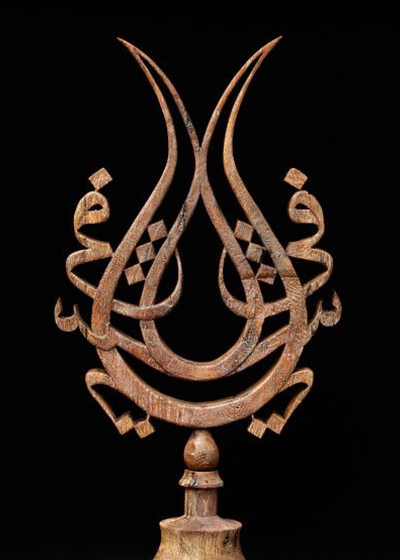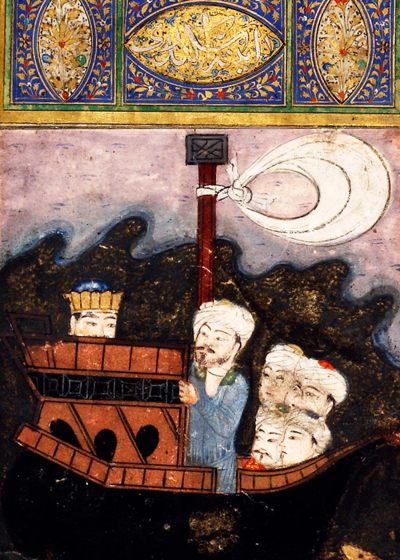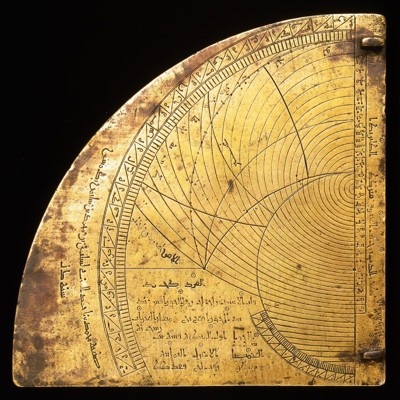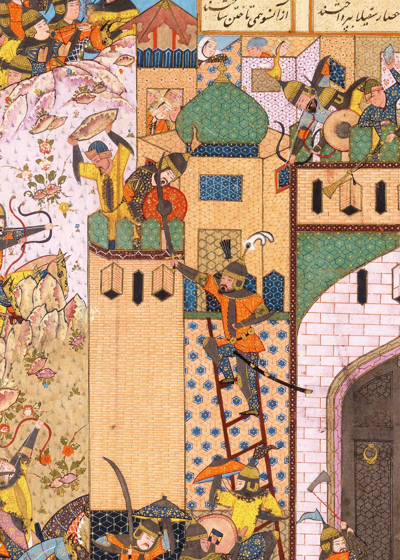Medical Science
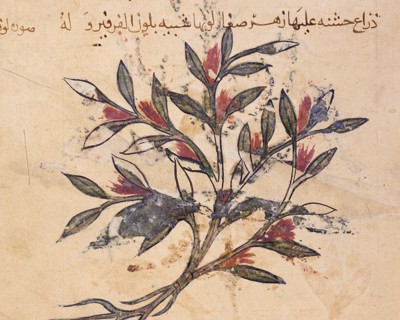
On the shoulders of antiquity
The advent of Islam did not cause any disruption in the evolution of medical science. The Classical Greek and Roman tradition for treatment and medication was further developed in the Islamic world, where it was gradually enriched with new ideas from the Persian and Indian cultural spheres.
Scientific works from Antiquity were made available to a larger public through translations into Arabic. As early as the beginning of the 9th century, the famous medical works of Hippocrates and Galen were translated at schools and libraries in Damascus, Baghdad, and other major cities in the Islamic world. In the field of medicine, Dioscorides’s De Materia Medica was translated and revised.
The Arabic texts inspired by Dioscorides, in particular, exhibit a close connection between scientific research in the Islamic world and the legacy of Antiquity. As was done in Antiquity, both medicinal herbs and other medicines were categorized according to the degree of potency of the “cardinal qualities”: dry, moist, hot, and cold. This method was to enable correct medication for sicknesses that could be related to an imbalance in the four cardinal humors – another concept that was adopted from Greek medicine.
Although independent medical research was not widespread, it did exist. An original and very important contribution by medicine in the Islamic world is the pioneering manuscript by al-Razi (Rhazes), Kitab al-jadari w-l-hasba (the book on smallpox and measles). This volume, which was translated numerous times into Latin and other European languages from the end of the 15th to the 19th century, was the first to note the difference between the two diseases.
The hospital (maristan) was perhaps the most important medical innovation contributed by Islamic high culture. The first true hospitals in a modern sense were found for the first time in history in 8th-century Baghdad. Like our own, medieval Islamic hospitals had special departments for eye problems, internal medicine, and orthopedic complaints. There were even special departments for mental illnesses and infectious diseases. Patients were treated both at the hospital and at home, and even prison inmates received care.

